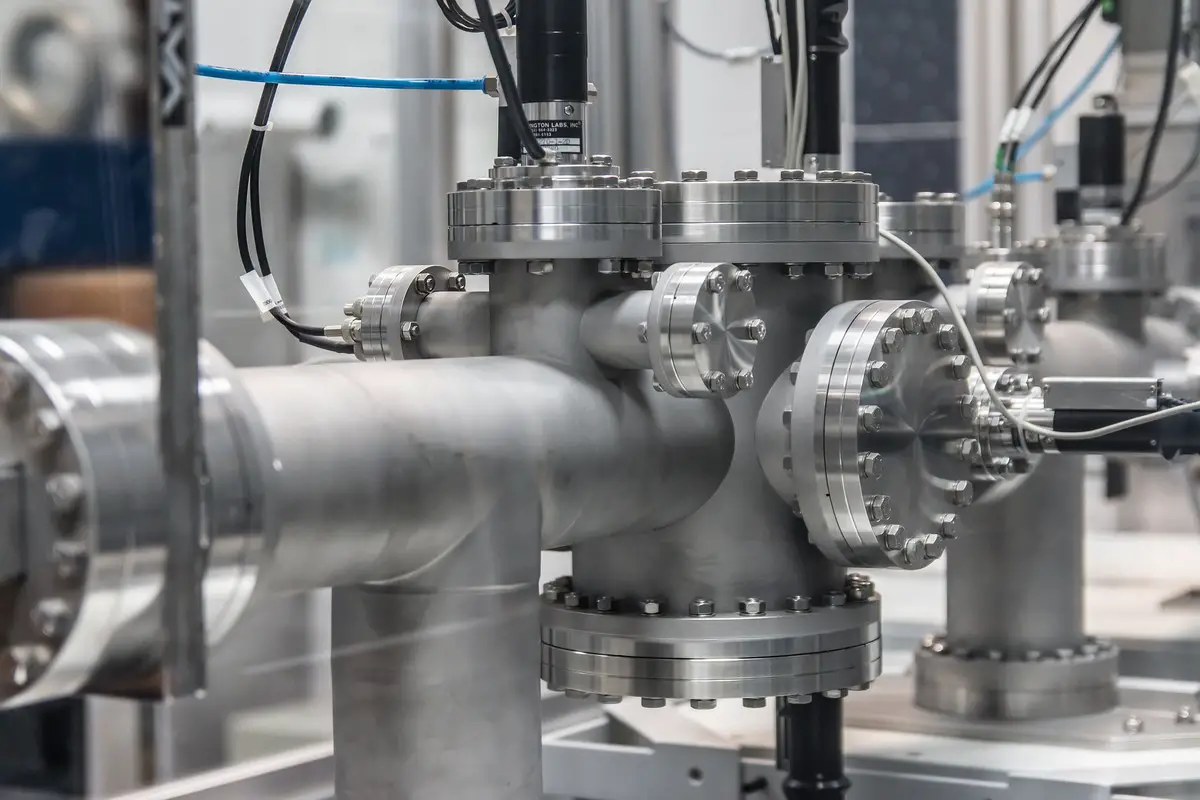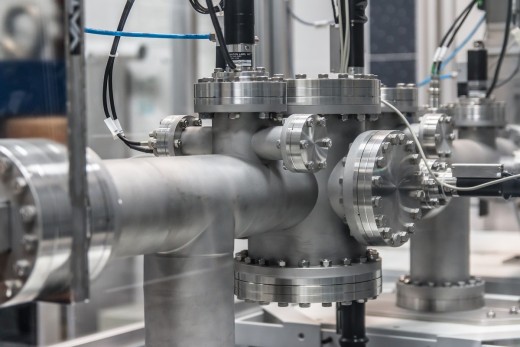Forgings manufacturing online tips, Forged pipe fittings methods guide, Industry advice
Forgings Manufacturing: Forged Pipe Fittings Methods
27 October 2021
Discover how forgings manufacturing services may assist you in meeting a deadline or obtaining the specific items you need for your manufacturing operation. Forging manufacturing is a critical component in many industries’ manufacturing chains. Moreover, many forging businesses provide various forging services, such as pipe forged fittings, closed die forging, hollow and upset fittings, open die forging, and more to produce bespoke forgings suited to your industry.
In addition, forged pipe fittings were named via its forgings manufacturing process, which was to heat alloy steel or carbon at a transforming temperature and mold the heated parts into their customizable shape.
Furthermore, pipe fittings are plumbing components that assist the flow path in adjustments like elbows and tees. Reducers and rising tees, for example, change the size of the tube. Connect various components, such as couplings, and interrupted flows, such as caps.
Forgings Manufacturing Methods For Fittings
Elbows, tees, reducers, and other pipe fittings are made in a variety of ways. Welded steel and smooth pipes are utilized to make filler fittings (EFW and ERW pipes cannot be used for constructed fittings). Also, large-diameter plate fittings are made.
Moreover, some of the various methods that are used in the production of Forged Pipe Fittings include the following:
Extrusion Method Or Hot Forming
It is a forging technique in which forged fittings are produced by pushing a heated billet through the aperture of a molded die – see https://gsforgings.com/forged-products/forged-fittings/. This article discusses hot extrusion, which includes both non-lubricated and lubricated versions.
Moreover, the two kinds of hot extrusion that do not need lubrication are overt or forward extrusion and indirect or reverse extrusion. Forward extrusion is the more common of the two. Lubrication is required in this situation. It is recommended that you use glass powder to lubricate your extrusions; for higher temperature extrusions, you should use a combination of graphite and gasoline. While hot extruded materials are generally preferred, there are several disadvantages to hot extrusion.
Furthermore, the most significant of them is the cost of extrusion equipment and the difficulty in maintaining them.
Double Weld Seam Or Monaka Method
One of the methods that are often used to create Elbows from tiles is the tiling technique. After cutting two pieces of raw material tile in a symmetrical pattern, each pair is pressed and welded together, evoking memories of the Japanese delicacy “Monaka.”
Furthermore, this technique may be used in various textiles, and you can even apply it to big objects with a diameter of more than one meter. To meet the varied requirements of the worldwide market, it has two seams and advanced welding equipment in operation.
Cold Forming Using The Hydraulic Bulge Method
Axial feeding and internal pressure are used in hydroforming tubes to shape them into the desired shape. You can anticipate the outcome of the procedure by using the finite-element technique. The characteristics of the tube materials are one of the most significant factors for tube hydroforming finite element study.
Moreover, the tensile test and the bulging hydraulic test are two methods for evaluating the characteristics of tubular material. The features of the tube content must be determined using a hydraulic bulge check to assess the finite element method for hydro tube forming in a condition similar to actual tube hydroforming.
Caps Deep Drawing Method
Some of the most common manufacturing caps are those in which the plate is cut in a circle. Its form is achieved via a deep draw. Deep drawing transforms blanks or sheet metal storage into irregular or circular shapes that are longer than half the diameter of their original dimensions. Moreover, deep drawing is the process of wrapping a blank metal around a tube and then passing it through a die known as a molding cutter to shape it.
You may form sheet metal using a drawing press into various shapes, and the final design is determined by where the blanks are put in the media. Furthermore, for deep drawing to be successful, the metal utilized must be malleable and resistant to being stressed and stretched.
Stub End Flare Method
Flaring is used to create lap joint flanges, or stub ends. A flow end is a flared or flanged face that has been carved off. Often, once the forge block has also been machined to the final size, stub ends are created by welding the ends together.
Forging has been a vital component of metal shaping for many years because of its many advantages. Forging is used in machinery, engines, and technological equipment to produce robust, long-lasting, and dependable components that operate well under all circumstances. Although forging is an old technique, it is nevertheless an essential component of most forgings manufacturing processes.
Forgings Manufacturing Summary
Furthermore, forging has evolved due to technological advances and new metals, although it retains much of its basic shape.
Thus, the forged fittings process controlled deformation results in metallurgical soundness and excellent mechanical characteristics.
Comments on this guide to Forgings Manufacturing: Forged Pipe Fittings Methodsv article are welcome.
Architecture
Comments on this Forgings Manufacturing: Forged Pipe Fittings Methods guide article are welcome.


